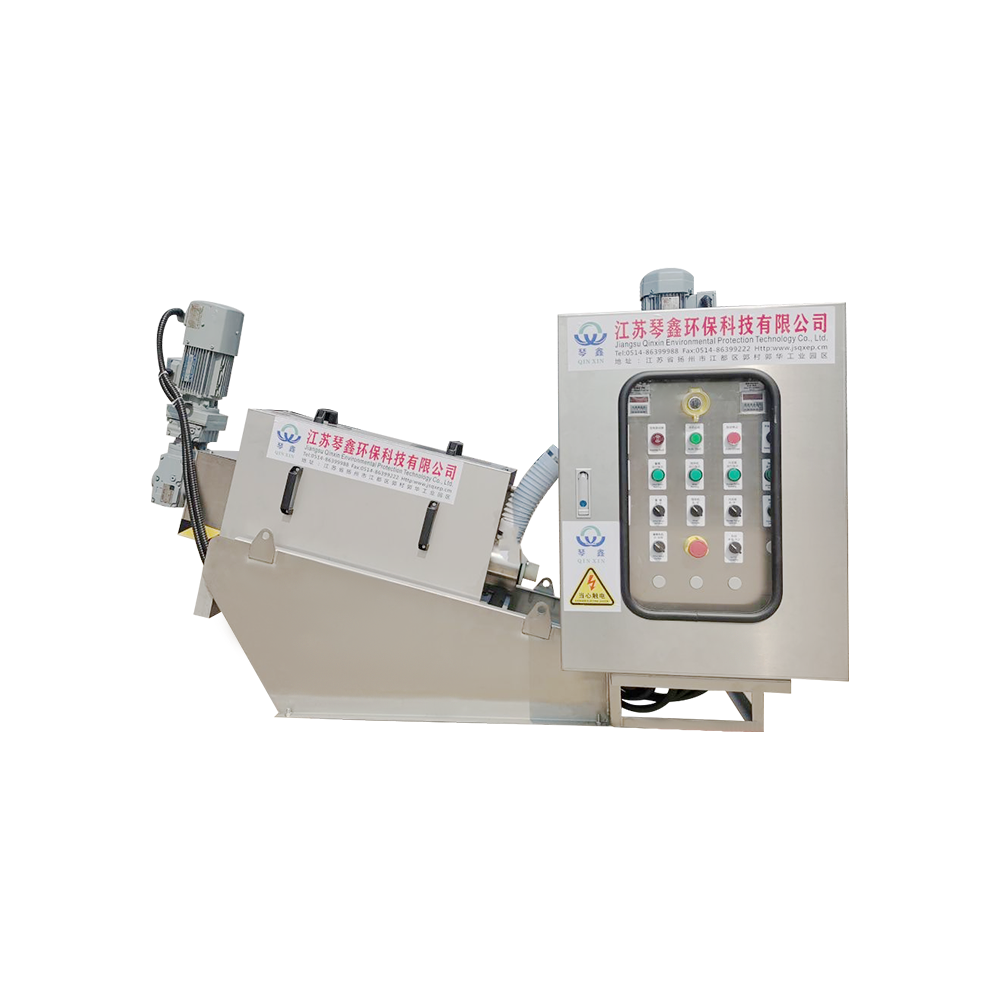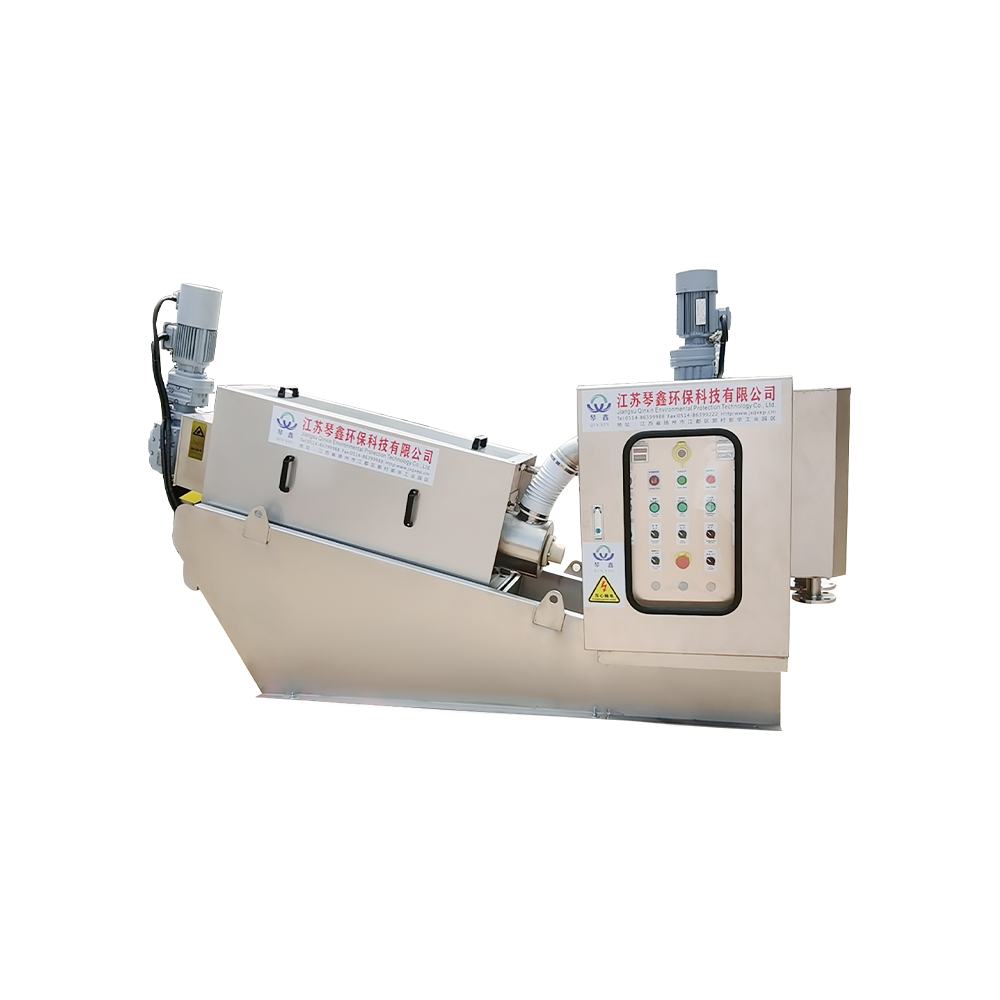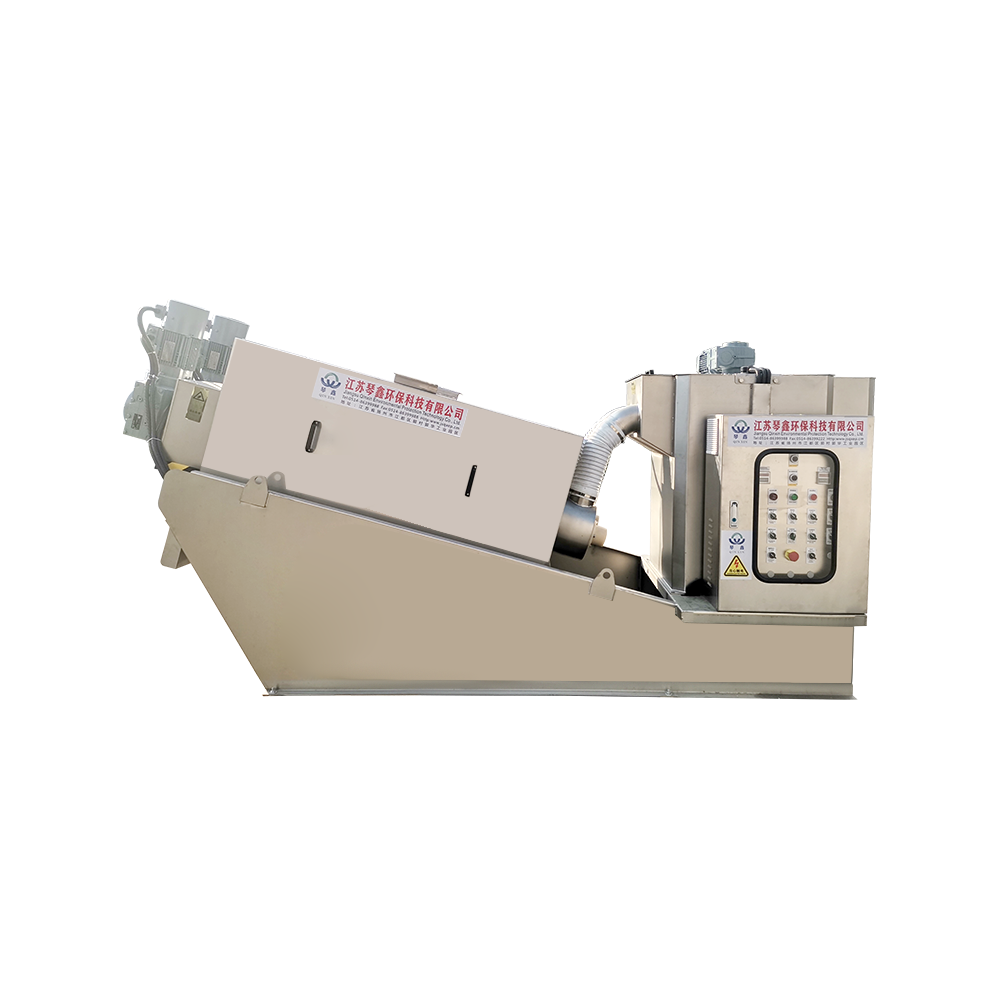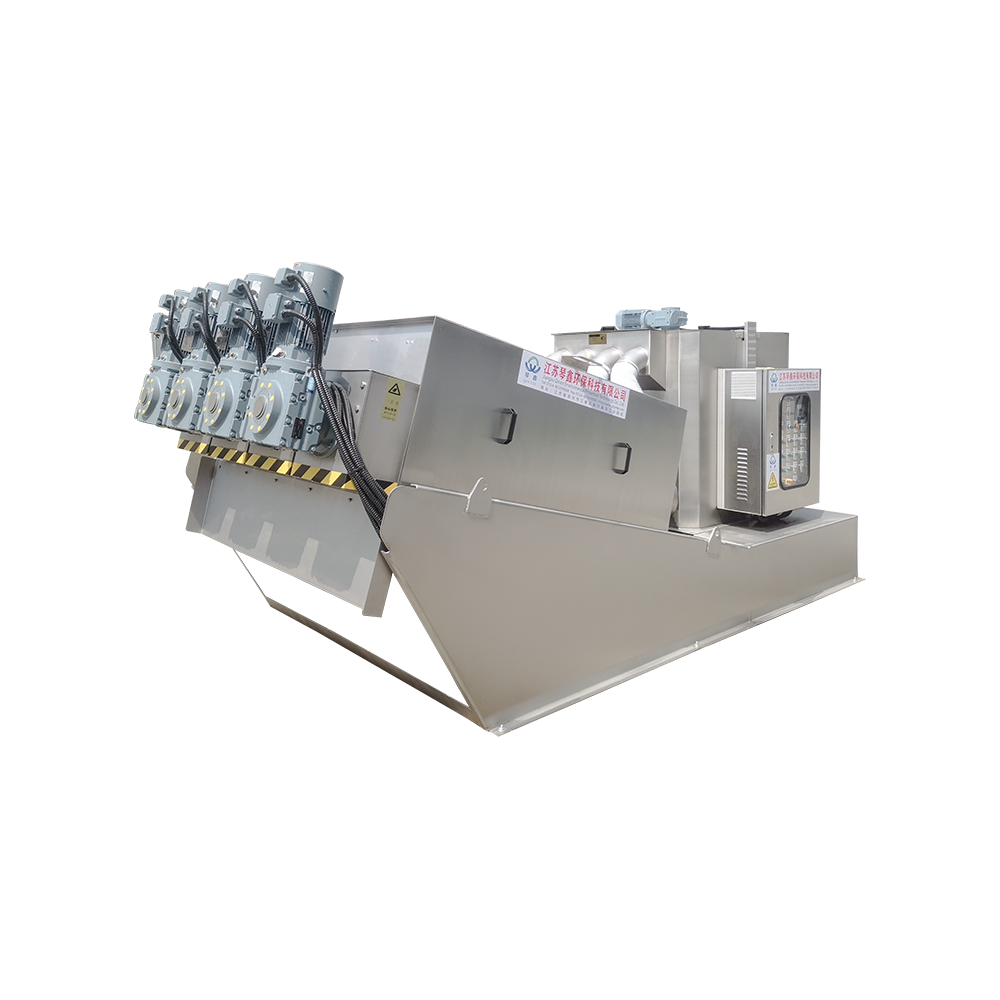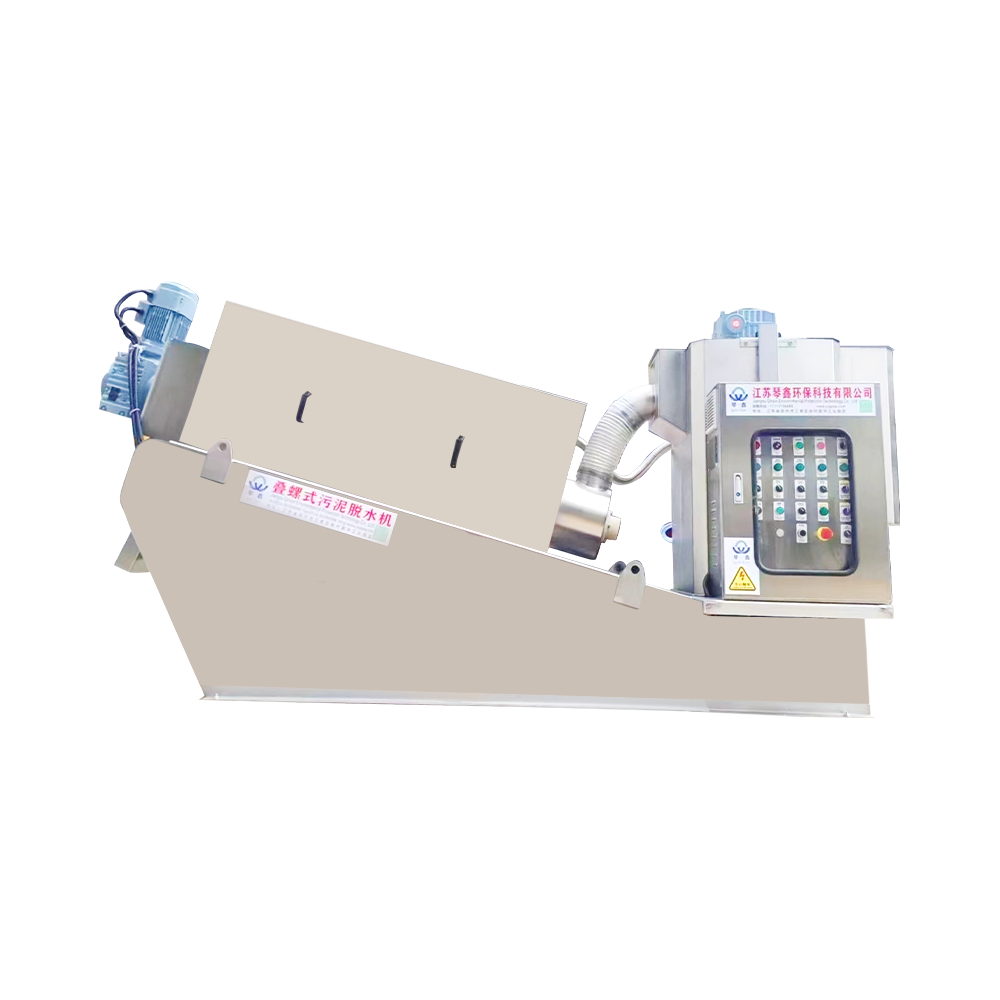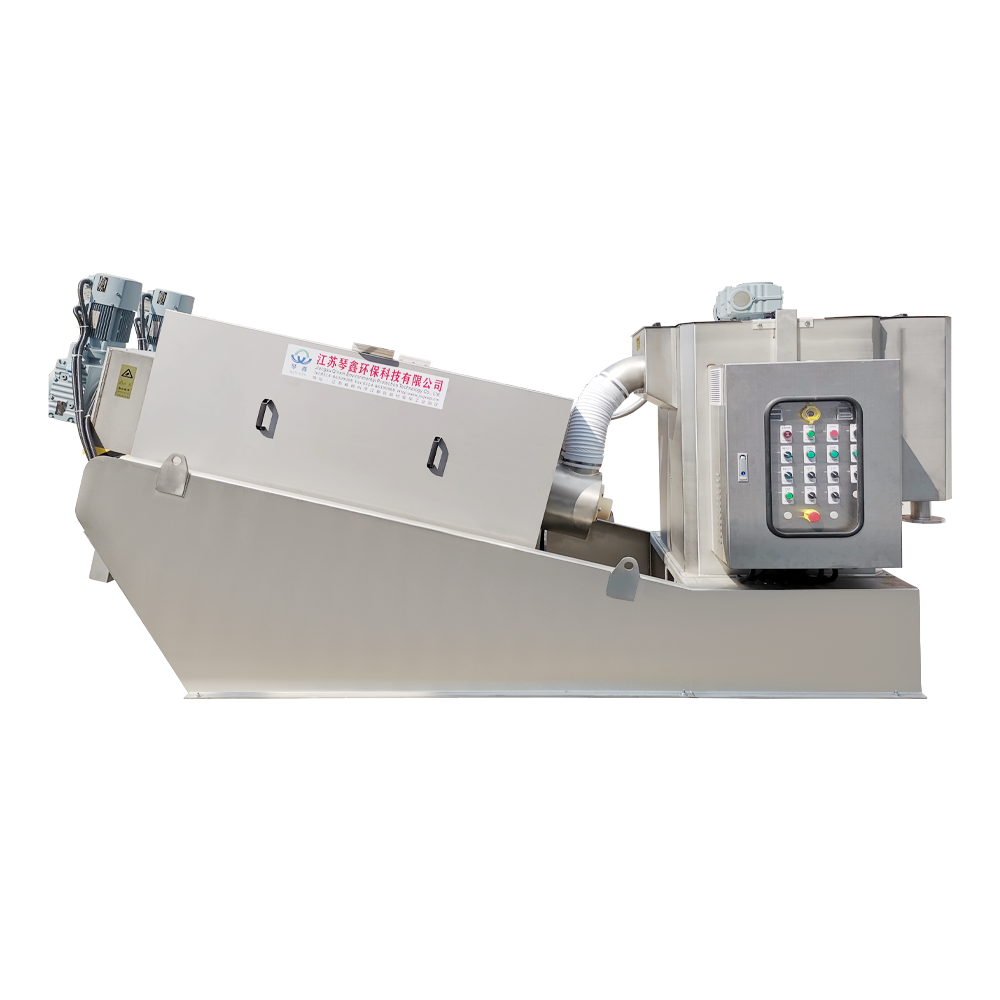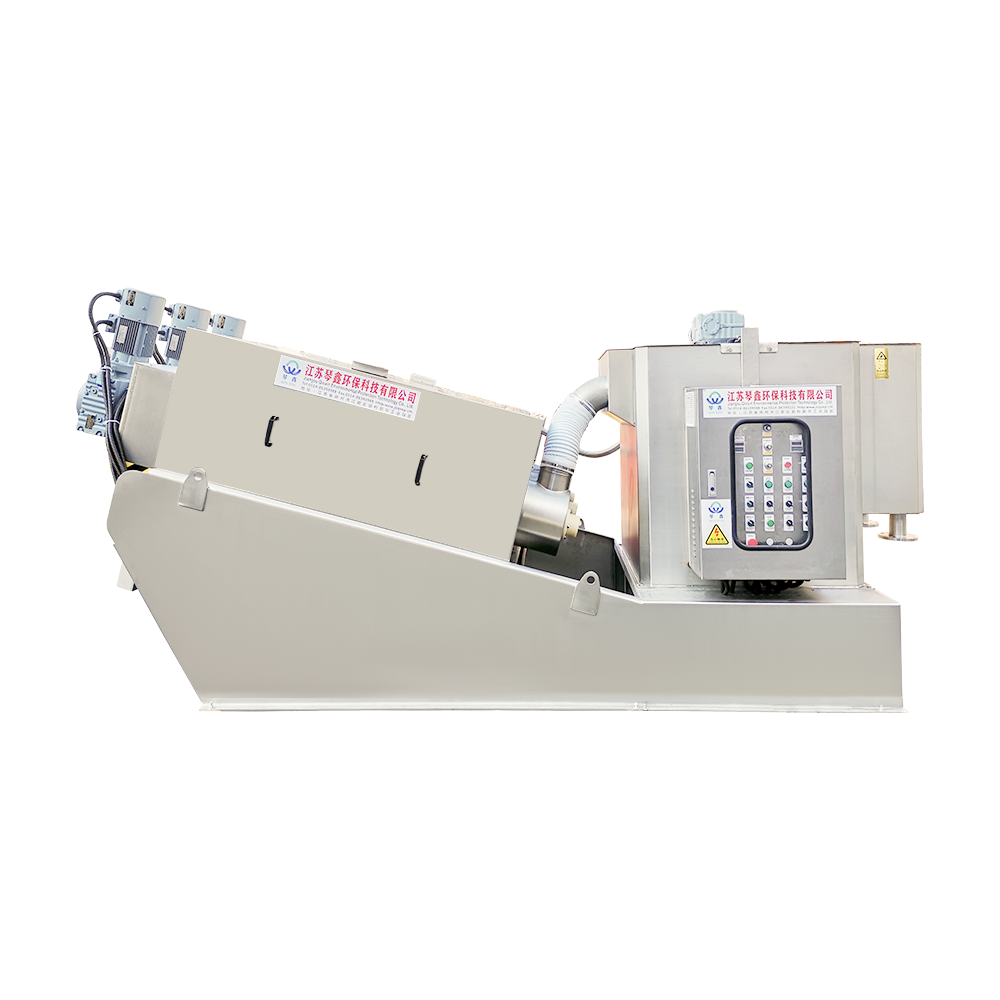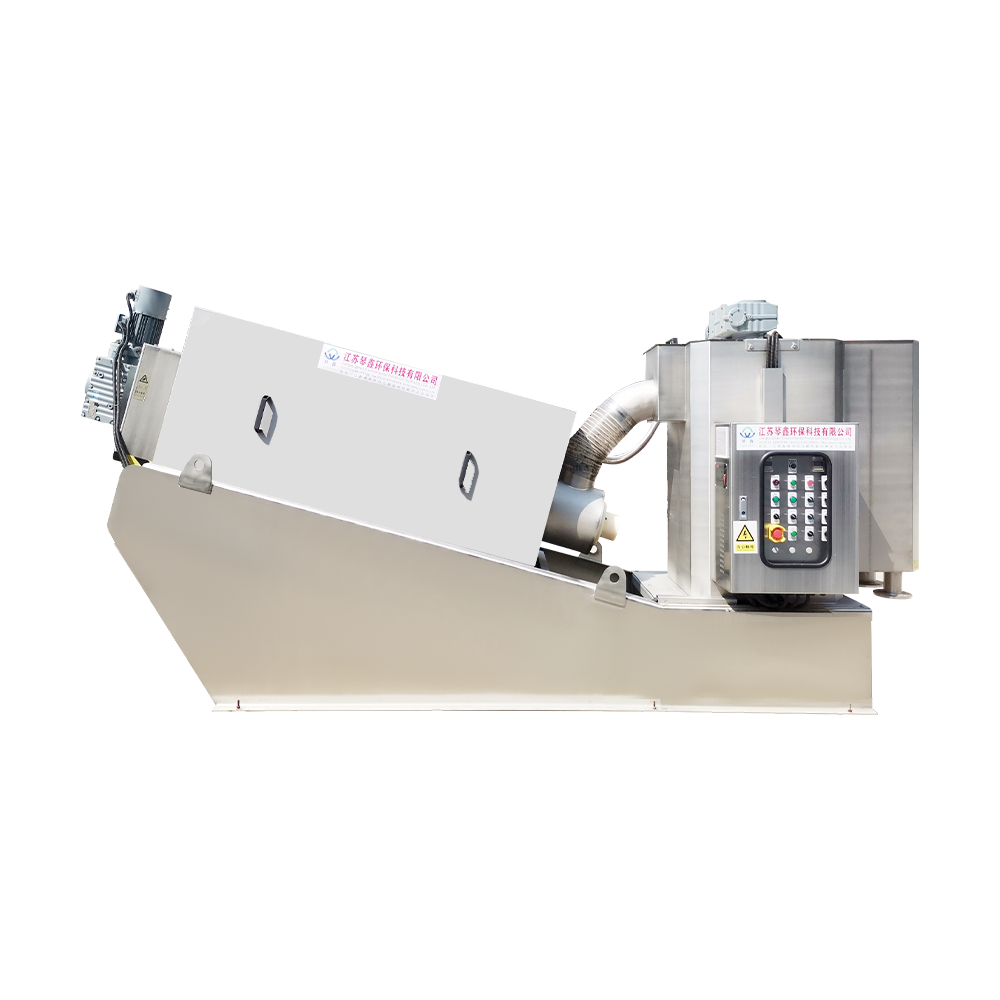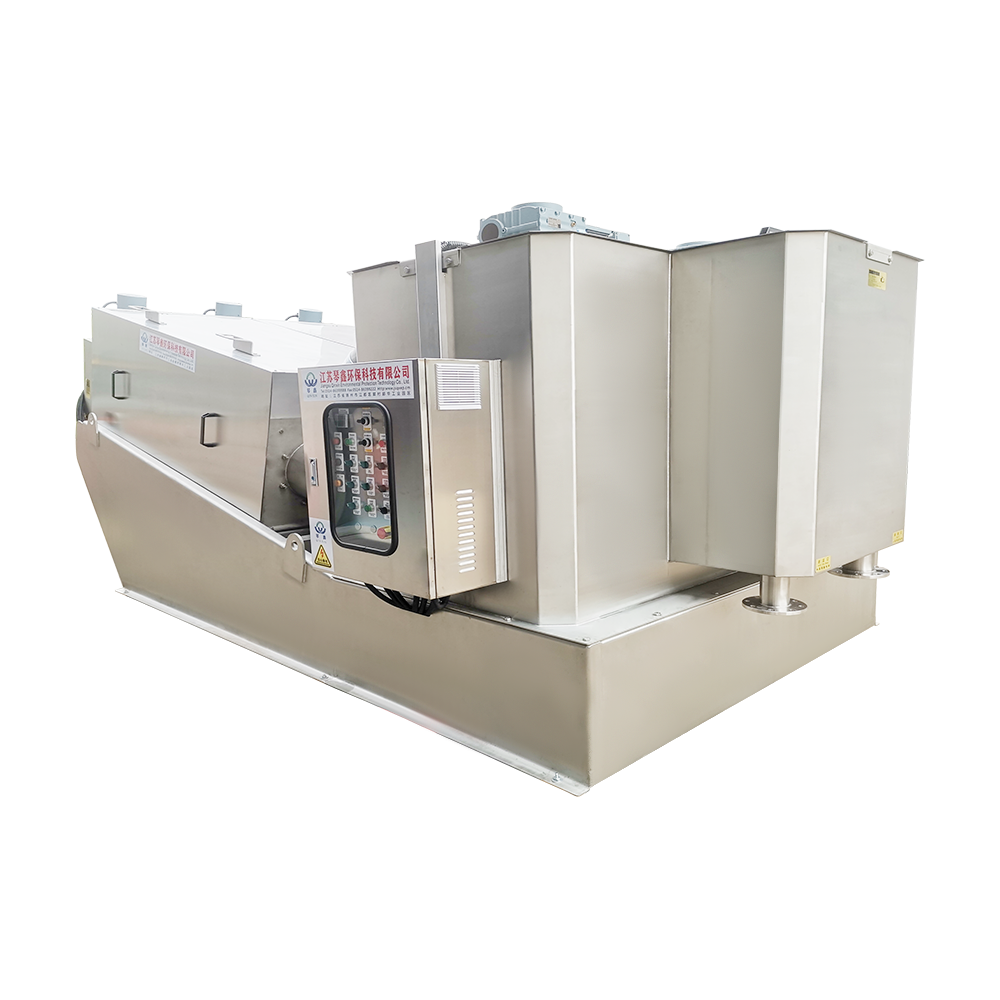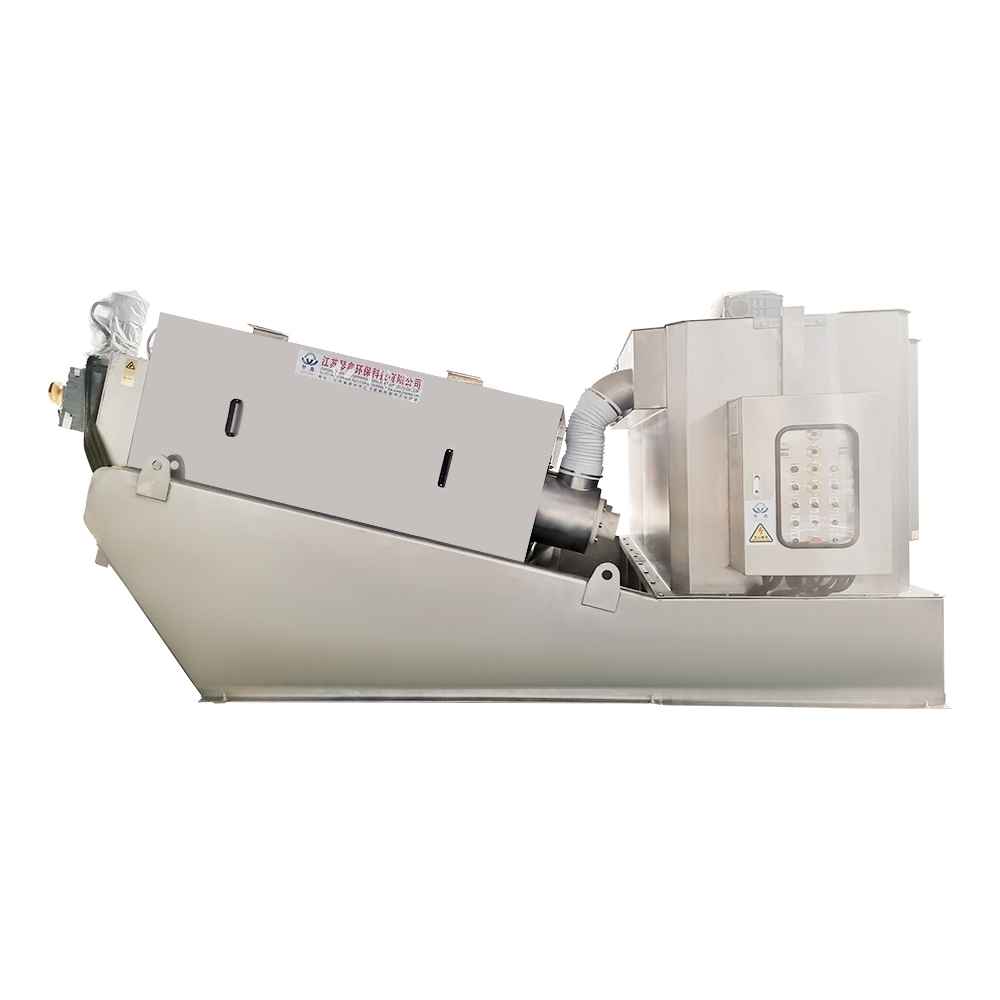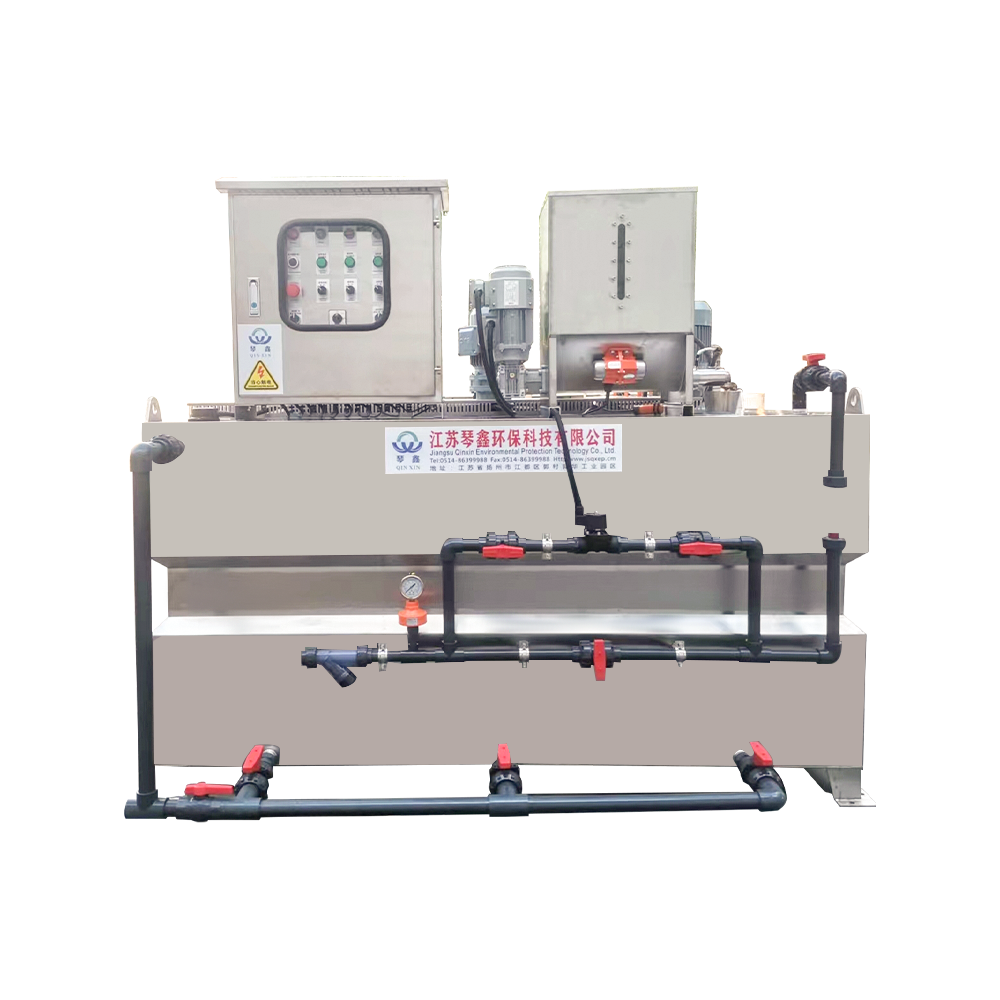The low-temperature drying equipment utilizes the dehumidification principle of a low-temperature heat pump and uses convective hot air to dry sludge, allowing the moisture in the material to absorb heat and evaporate into the air, thereby achieving the goal of reducing moisture content.
During the operation of low-temperature drying equipment, the high-temperature gas is mainly converted by the compressor under pressure, and then the condensation treatment such as water vapor generated during the drying process is discharged. Whether in food or other fields, the evaporation of water vapor during the drying process is common because if the evaporated water is not discharged outdoors in time, the product cannot be completely dried. Moreover, the drying time will increase, causing waste and resource loss. On the other hand, the design principle of low-temperature sludge drying equipment is to directly evaporate water vapor through hot air, and then quickly discharge water vapor through a dehumidification system to achieve the purpose of drying products. Secondly, a refrigerant throttle valve is added to the low-temperature sludge drying equipment, which can absorb the heat of the discharged steam into the compressor for recycling, maintaining the temperature inside the drying room and achieving the goal of recycling.
Low-temperature drying is a low-temperature (40-80 ℃) fully enclosed drying method, which has the characteristics of low energy consumption, no pollution, no exhaust gas, and heat emissions. It can be widely used for drying and reducing urban sludge, industrial sludge, printing and dyeing sludge, pharmaceutical sludge, chemical sludge, leather sludge, electroplating sludge, circuit board sludge, papermaking sludge, coal sludge, etc. The steam generated by internal circulation low-temperature evaporation is converted into condensate water (sludge water), which passes through the outlet. There is no dust hazard, the sludge temperature is low (<50 ℃), and it can be directly packaged and stored without cooling. Dried sludge can be gasified, co-fired, incinerated, used as biofuel, green soil, recycled cement, harmless, stable, and later resourceful.
The process of low-temperature drying is divided into three processes. What are the specific operations of these three processes?
The sludge is sent to the process together with hot air, and there is a special dispersion and crushing device inside, which can quickly disperse and stir the sludge, accelerate the drying of the sludge, and make the sludge enter the second process automatically under the special guidance and feeding system. The water vapor generated during the process is discharged from the end of the process. In the second process, countercurrent and eddy current drying are used, and fresh hot air and sludge move in the opposite direction, greatly improving turbulence. After the sludge is further dried, the generated water vapor is discharged from the end of the second process and enters the third process under the action of a dedicated thruster. Process three adopts communication and reciprocating drying. Under the action of sealing and special material plates, the wet material can be operated in a reciprocating and slow manner, while the dry material can be operated quickly to achieve the required automatic discharge. In this way, the entire process is completed. After drying, the volume and quantity of sludge are reduced, which can meet the disposal needs of sludge landfill, incineration, brick making, etc. Provided sufficient preparation for resource reuse. At present, low-temperature sludge drying equipment is an ideal way for sludge treatment and disposal.
Recommended Products
Products provided by famous enterprises are deeply trusted by users.
 TOP
TOP
 ENG
ENG
 English
English русский
русский Español
Español Tiếng Việt
Tiếng Việt ไทย
ไทย
